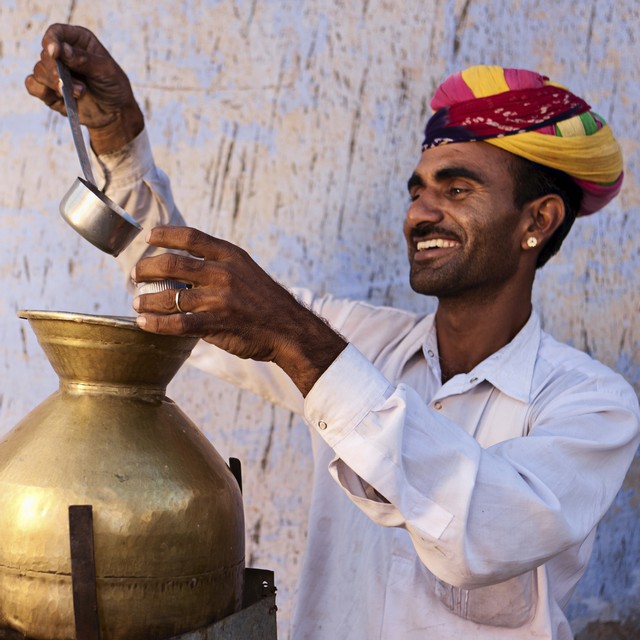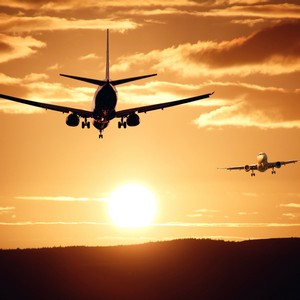
Day 1 : Arrival
Arrive in Delhi where you will be met by a Travel The Unknown representative and transferred to the hotel. The rest of the day is free at your leisure. Overnight in Delhi.
Meal plan: n/a
Discover iconic sites and ancient cultures on this exhilarating tour of India and Nepal. Start in India’s lively capital of Delhi and explore its bustling markets and colonial architecture. Witness the majestic Taj Mahal at sunrise in Agra and experience the charm of Jaipur as you wander the city's vibrant streets and marvel at its forts and palaces. Fly over dramatic mountain landscape to Nepal and visit the many UNESCO heritage sites of the dazzling capital Kathmandu. Observe Hindu culture in its grand temples and enjoy unrivalled views of the Himalayas from Pokhara and Sarangkot. Search for one-horned rhinos and other wildlife in Chitwan National Park and meet the friendly Tharu villagers, experiencing the charm and hospitality of the Nepalese people.
Delhi - Agra - Jaipur - Kathmandu - Patan - Pokhara - Chitwan - Nagarkot

Arrive in Delhi where you will be met by a Travel The Unknown representative and transferred to the hotel. The rest of the day is free at your leisure. Overnight in Delhi.
Meal plan: n/a
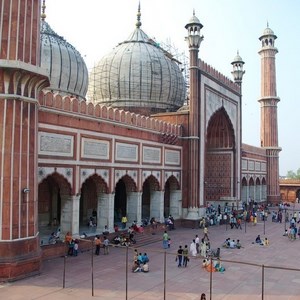
In the morning, enjoy a guided sightseeing tour of Delhi. Pass through Old Delhi and visit Raj Ghat, Gandhi's resting place, and Humayun's Tomb. Later, visit Qutub Minar. The rest of the evening is free to relax or explore. Overnight in Delhi.
Meal plan: Breakfast
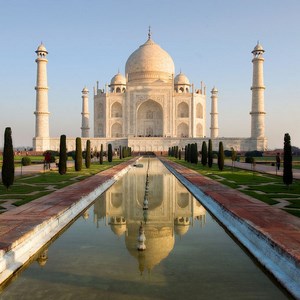
Drive to Agra. In the afternoon, visit Agra Fort and Itmad-Ud-Daula. Continue to Mehtab Bagh in the evening to watch the sunset over the Taj Mahal. Overnight in Agra.
Meal plan: Breakfast
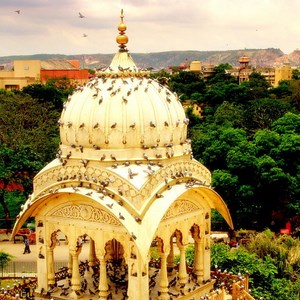
In the morning, drive to Jaipur. On arrival, the rest of the day is free to wander around the local bazaar. Overnight in Jaipur.
Meal plan: Breakfast
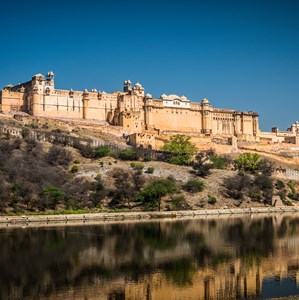
After breakfast, enjoy a full day tour of Jaipur's palaces. Visit the Wind Palace, the Water Palace, and the City Palace. Climb up to the Amber Fort on elephant back [subject to availability/alternatively by jeep]. In the afternoon, visit Jantar Mantar (the old observatory) - one of the five astronomical wonders constructed by Sawai Jai Singh. Overnight in Jaipur.
Meal plan: Breakfast

Today is free to explore Jaipur at your leisure. Go shopping or wander around the Pink City. In the evening, there is an optional sunset visit to Galta and watch the monkeys feeding at the Monkey Temple. Overnight in Jaipur.
Meal plan: Breakfast
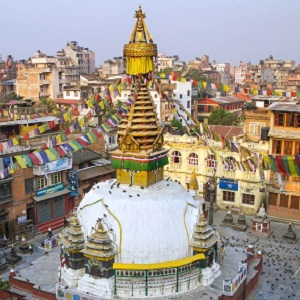
Drive to Delhi and board your flight to Kathmandu. On arrival, transfer to the hotel where the rest of the day is free to relax. Overnight in Kathmandu.
Meal plan: Breakfast
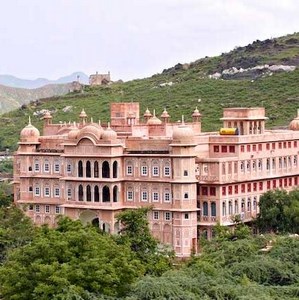
In the morning, enjoy a mountain flight, where you will see the closest possible aerial views of Mount Everest and the Tibetan Plateau. Later, continue to Patan and visit the UNESCO-listed Patan Durbar Square. Optional extra activities in Patan include wood carving, sculpturing and visiting the industrial area. Proceed to Swoyambhunath Temple where you can light butter lamps and get blessed by a monk. There is also an optional dinner with the Sherpa, a Himalayan ethnic group. The rest of the evening is free at your leisure. Overnight in Kathmandu.
Meal plan: Breakfast
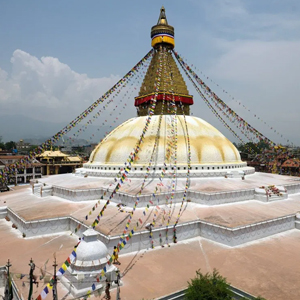
After breakfast, visit the UNESCO sites of Boudhanath stupa, where you can light a butter lamp and interact with the monks, and Kathmandu Durbar Square. The rest of the day is free to relax or explore. Overnight in Kathmandu.
Meal plan: Breakfast
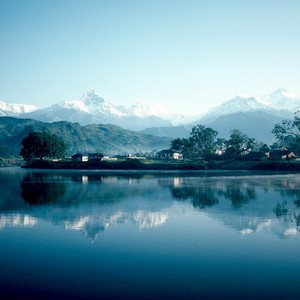
Drive to Pokhara and check in to the hotel on arrival. Proceed on a sightseeing tour around Pokhara, including a visit to the beautiful Devi's Fall and Gupteswar Mahadev Cave, one of the largest caves in Pokhara. Also stop at Seti Gorge and Old Peace Stupa. In the evening, go on a boat ride around Phewa Lake. Overnight in Pokhara.
Meal plan: Breakfast
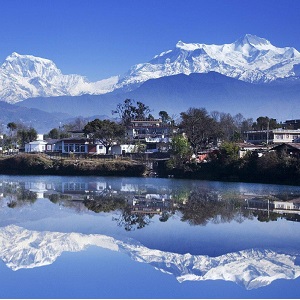
In the early morning, transfer to Sarangkot to watch the sunrise over the Annapurna range (weather dependent). Return to the hotel for breakfast before continuing on a full day sightseeing tour around Pokhara. Visit the pagoda-styled Bindabashini Temple and Gurkha Memorial Museum. Later, explore the International Mountain Museum, observing the records of past and present momentous mountaineering activities around the world. Overnight in Pokhara.
Meal plan: Breakfast
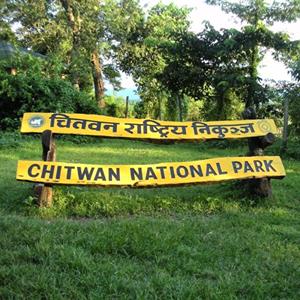
Drive to Chitwan and check in to the resort. Enjoy a village tour of the Tharu, an ethnic group indigenous to the Terai. In the evening, attend either a traditional Tharu dance or listen to a slide show presentation by one of our jungle experts, learning about the history of the Royal Chitwan National Park. Overnight in Chitwan.
Meal plan: Breakfast

Enjoy an elephant safari, exploring the grasslands and looking for one horned rhinos and the famed Royal Bengal Tiger. Learn more about elephants during a visit to the elephant stables and attend an elephant bathing (Note: Elephant bathing is done during summer season as elephants love to bathe in the river willingly. They are not forced to take a bath during the cold season/day). Later, drive to Rapti River and enjoy canoeing in a traditional dug-out canoe while viewing the aquatic birds, crocodiles and animals of the river banks. Proceed to the elephant breeding centre to watch the elephant cows with their calves and learn about the efforts to increase their population. Drive back to the resort where the rest of the day is free at your leisure. Overnight in Chitwan.
Meal plan: Breakfast

In the morning, drive to Nagarkot. The rest of the day is free at your leisure. Overnight in Nagarkot.
Meal plan: Breakfast
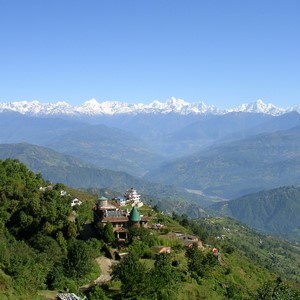
Today is free to explore Nagarkot at your leisure. Overnight in Nagarkot.
Meal plan: Breakfast

Transfer to Kathmandu airport to catch your flight home.
Meal plan: Breakfast
On the tiger trail through Bandhavgarh and Kanha
Marvel at India's most incredible forts and palaces
Discover colonial Kolkata and the Sunderbans Tiger Reserve
A real life Jungle Book.
Ideal extension to Bhutan
Travel across the spectacular Himalayan Highway
After exploring the busy cities, there's no better place to relax than one of India's paradisiacal beaches
Himalayan treks, village walks and more
Escape the city and unwind among some of the most breathtaking mountain and hill scapes the world has to offer.
Visit the must-see sights and the hidden depths of India's most vibrant cities.
Himalayan mountains, unseen tribes & amazing wildlife
Travel through the Himalayan foothills via Shimla & Amritsar to Ladakh
Experience Bhutan's rich culture, colonial Kolkata and rural life in Assam
Golden Triangle and the Himalayas
Travel India's Silk Road from Kashmir to Ladakh
Textile tour of Gujarat & Rajasthan including the Mewar Festival
Experience the flavours and exotic spices of South India
Mighty sea fortresses, rock-cut cave temples, and verdant hill stations
Tropical mountains, tea & spice plantations, and backwaters
Experience the culture and landscapes of India & Bhutan
Wildlife, tribes & rural life in Assam and Nagaland
Spot tigers, lions, leopards, buffalo, rhino & elephants
Discover Rajasthan's forts, palaces and rural villages
Wildlife, diverse cultures & rural life in hidden North East India
Uncover the regal wildlife of Rajasthan
Discover Karnataka's stone temples, wildlife and coffee farms
Perfect mix of classic sights and off-beat places for first-timers to India
Temple towns of Tamil Nadu to backwaters of Kerala
Track the Himalayan brown bear & snow leopard on a once-in-a-lifetime trip
Take in the highlights of central India
Discover the huge diversity of North India's cuisine
Diverse wildlife in Assam and the Sunderbans
Experience dramatic Himalayan scenery, Buddhist and Islamic cultures
Remote tribal cultures in Arunachal Pradesh, Assam & Nagaland
Idyllic backwaters, tropical forests & ancient temple towns
Visit remote tribal villages of Orissa & Chhattisgarh
Colonial Kolkata, Darjeeling toy train & Buddhism
Explore this UNESCO biodiversity hotspot on foot
Once in 12 years - the largest gathering of humanity on earth
Gujarat's Asiatic Lions, Salt Flats & Textile Villages
Tribal villages, temples, salt flats & the world's last Asiatic lions
Track India's tigers, leopards & lions
Rural villages, grand forts & wildlife
Golden Triangle, tigers & exotic Kerala
Attain lofty heights over soul-soothing Ladakh
Set foot in Ladakh's hidden Himalayan valleys
Discover the forts, palaces, villages and desert of Rajasthan
Waterfalls, hills and living bridges in North East India
Tea, spices, backwaters & beaches
Hazel Fairall , Tribes of North East India, IndiaThanks for organising such a great trip to NE India Rahul - everything went seamlessly! We loved the fact that we could book an individual tour but still have flexibility with our itinerary once we were there, enabling us to take in the Si Donyi Festival at Daporijo and also be the first guests to stay overnight in a local village hut with our hosts in Papi, which was fantastic. Our guide was super. He had a wealth of knowledge and a great sense of humour! It’s hard to pick a highlight as the whole trip was both fascinating and at times, humbling. We’ll never forget the amazing people, scenery & culture we experienced whilst there and are glad we had the opportunity to visit such an intriguing part of the world. We would certainly consider travelling with you again in the future.
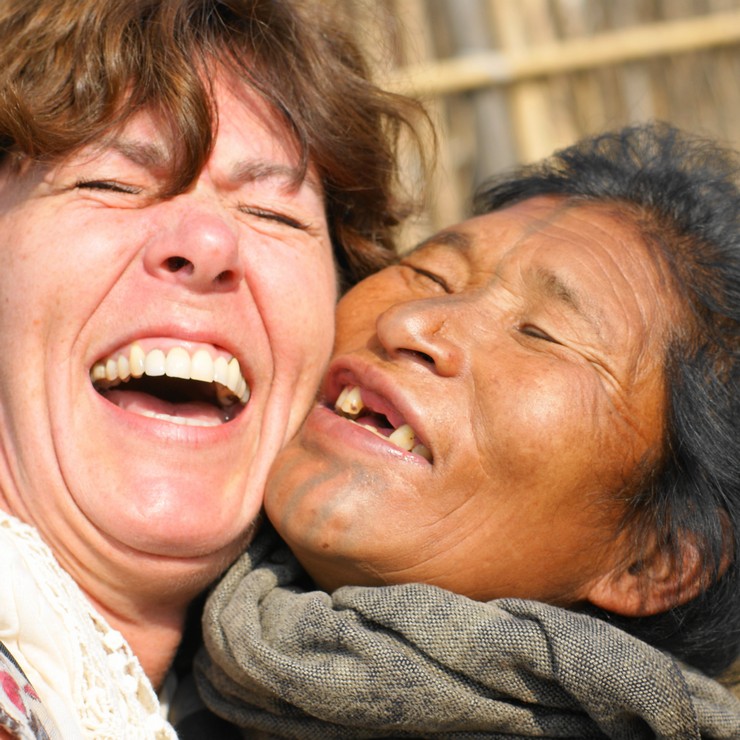
Andrew Martin , Tailormade North East IndiaI`m sure I could not have found a better operator for the type of complicated Indian tour I wanted to undertake on a limited budget. India is an intimidating country to visit, and I suspect that some operators look down on the first time visitor, or disparage their requirements. Travel the Unknown, by contrast, helped me all the way, and their local guides were superb.
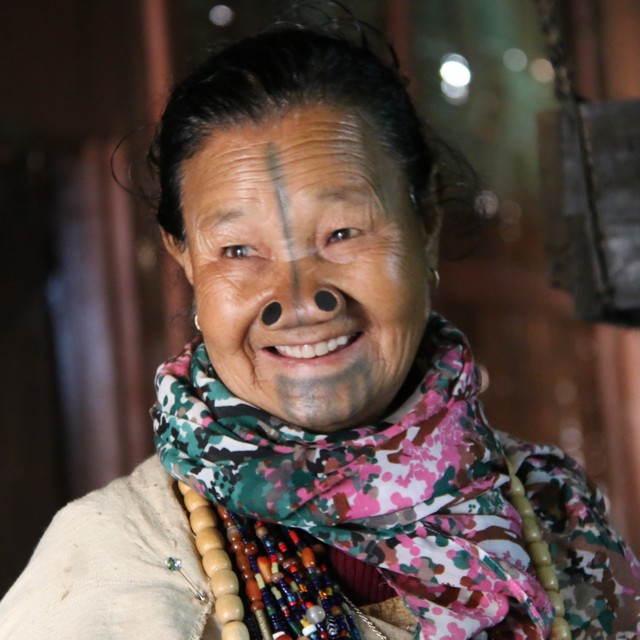
Hazel Frost , Tailormade North East IndiaA fantastic trip to Arunachal Pradesh. Very well organised exactly to our requirements. Superb local guide. Would recommend this trip. Hazel and James.

Nigel & Margaret Turner , Tailormade India Wildlife & Birding tourThis trip was very well put together and ticked all the boxes that we had requested. The accommodation throughout the tour was of a high standard and our experiences in the national parks was wonderful spotting many different animals including tigers, leopards, sloth bears, lions, jungle cat plus countless number of birds. Thank you Rahul for tailoring this trip to our requirements.
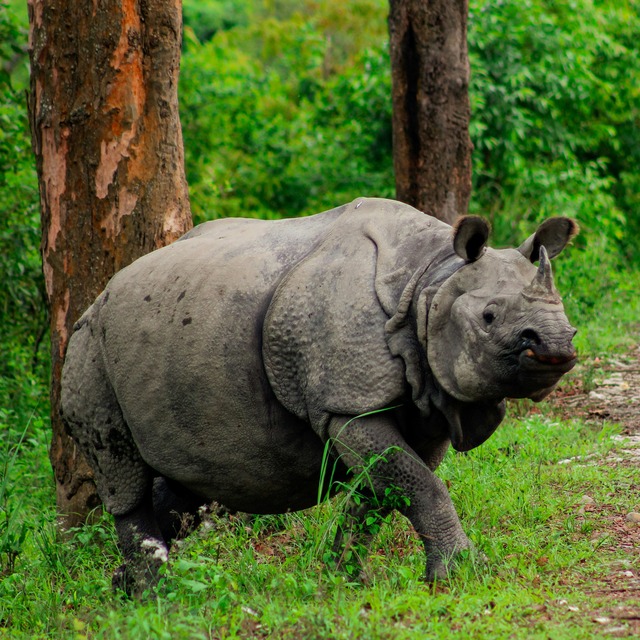
Rachel , Spirit of South India, IndiaWe went on the Spirit of South India Tour and had a great time on our honeymoon. There was a good variety of places visited and the hotels, drivers and guides were all very good. We would definitely recommend this tour.
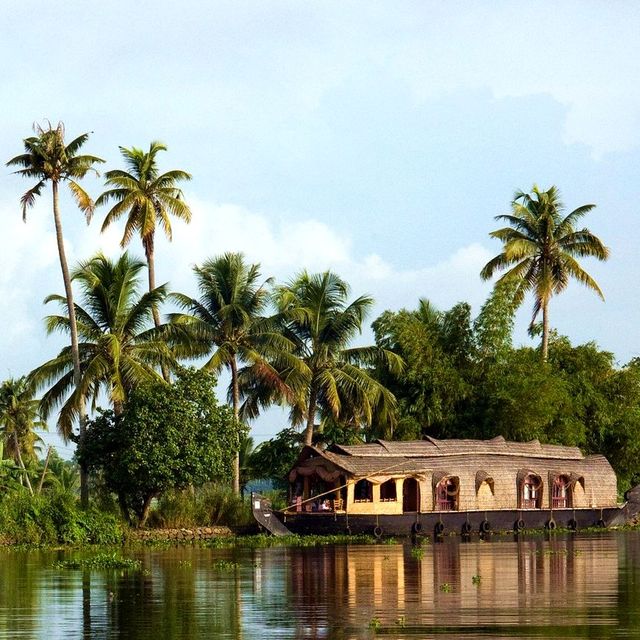
Tracey & Gary , Tailormade IndiaI would highly recommend Travel the Unknown to anyone visiting India. The service we received both prior to, during and following our travels was always timely and excellent. We were able to customize our trip to our liking and to enjoy a wide variety of activities. The guides in every location were outstanding! Honestly. Having travelled through much of the world I can truly say that we have never been more impressed with the quality of the guides arranged for us in each location, as well as the service we received. Similarly, the hotels were excellent and allowed us to live very comfortably while, at the same time, enjoy an authentic Indian experience. If you haven`t already booked your trip with Travel the Unknown, then either do so now....or at least give them a chance to show you what they can offer.

Keith Lewis , Monks, Tribes & Rhinos, IndiaThis was my first experience of using Travel the Unknown having enjoyed small group adventure holidays for many years. I was attracted to the company because it seeks out the more unusual and lesser known areas of a country and I was not disappointed by my visit to Assam and Arunachal Pradesh. There is a clear contrast between the people and the scenery of these two regions and we saw very few western tourists particularly in Arunachal Pradesh. The tour was well organised with plenty to see and do.
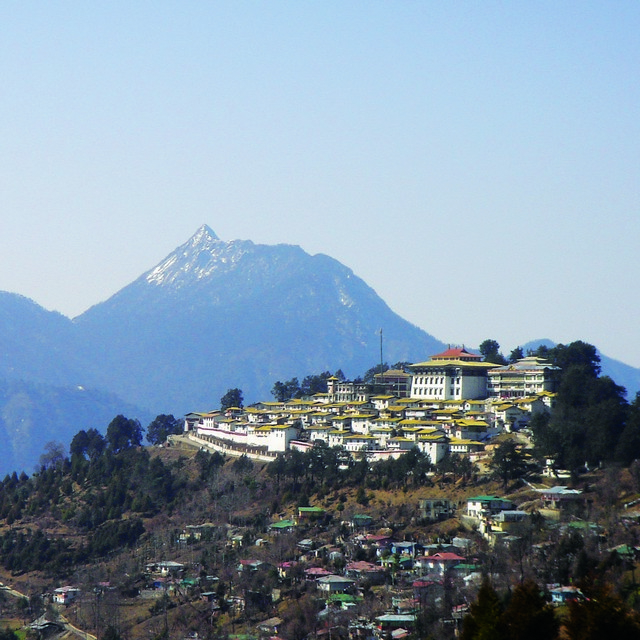
Richard Williams , Monks, Tribes & Rhinos, IndiaThis was a very varied and interesting trip to a forgotten part of India. If you like off the beaten track travel it is definitely worth the effort but go with an open mind and keep a smile on your face.
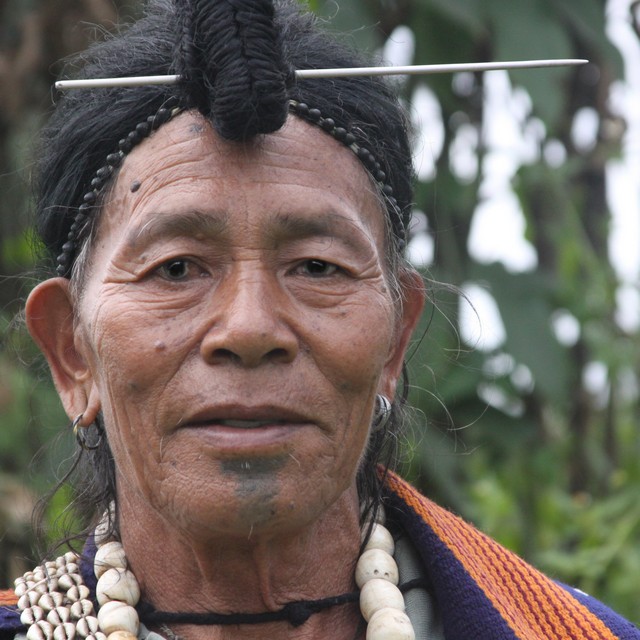
Vik , Kerala Calling, IndiaThank you for organising our holiday in Kerala. I certainly wouldn`t have had the time or the knowledge to put together such a trip. Munnar was my favourite and the accommodation throughout was excellent.
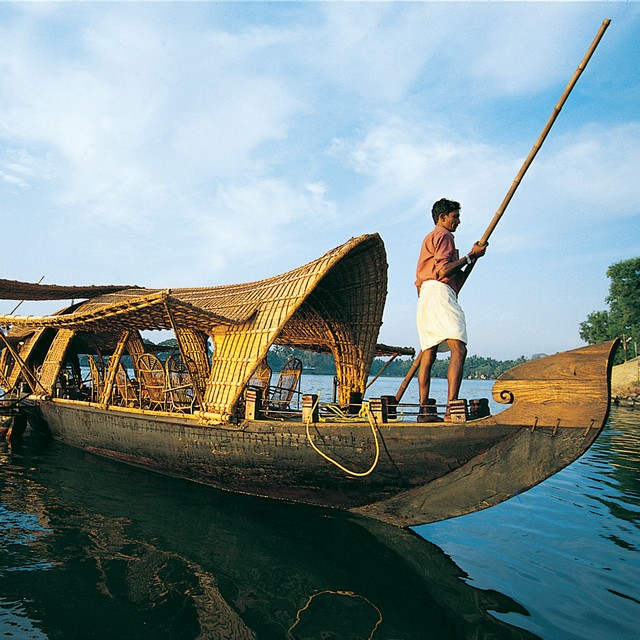
Ann Holgate , Tailormade IndiaA really well planned trip. We experienced life in Northeast India in just the way we wanted to. We loved the game reserves and saw a rock python which thrilled our guides as it is even rarer than the tiger! We visited villages and were able to interact with local people and loved the busy markets in Delhi and Calcutta. A special highlight was the Hornbill Festival in Nagaland; shown to us by our very own Naga guide Kezo. Kezo accompanied us for 15 days of our trip and ensured that we had many very special experiences - even taking us to the home of one of his Aunts where we spent a couple of hours sitting by the bonfire chatting.
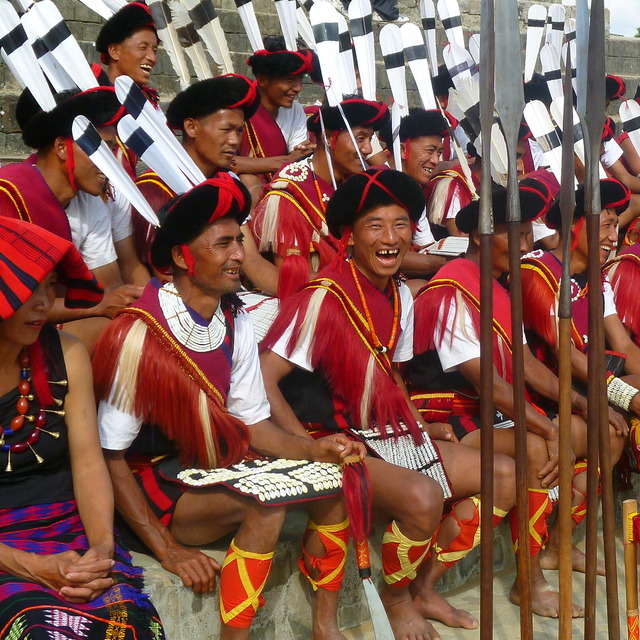
Penelope Smith , Assam & Nagaland Hornbill Festival, IndiaWhat an excellent service! Rahul adapted, extended and improved our trip so many times without a qualm and we ended up with the trip of a lifetime. The destinations are unusual and interesting but everything has been checked out by the team and works brilliantly. I can`t wait to do another trip.

Elaine & Neil Smith , Delicacies of North India, IndiaThe tour was an amazing experience for our first visit to India. The country, its people and its cuisine were friendly,delightful, colourful and exceeded all our expectations. Travel the Unknown have put together a superb unique package that we have no hesitation in recommending to anyone with an interest in food and culture.
